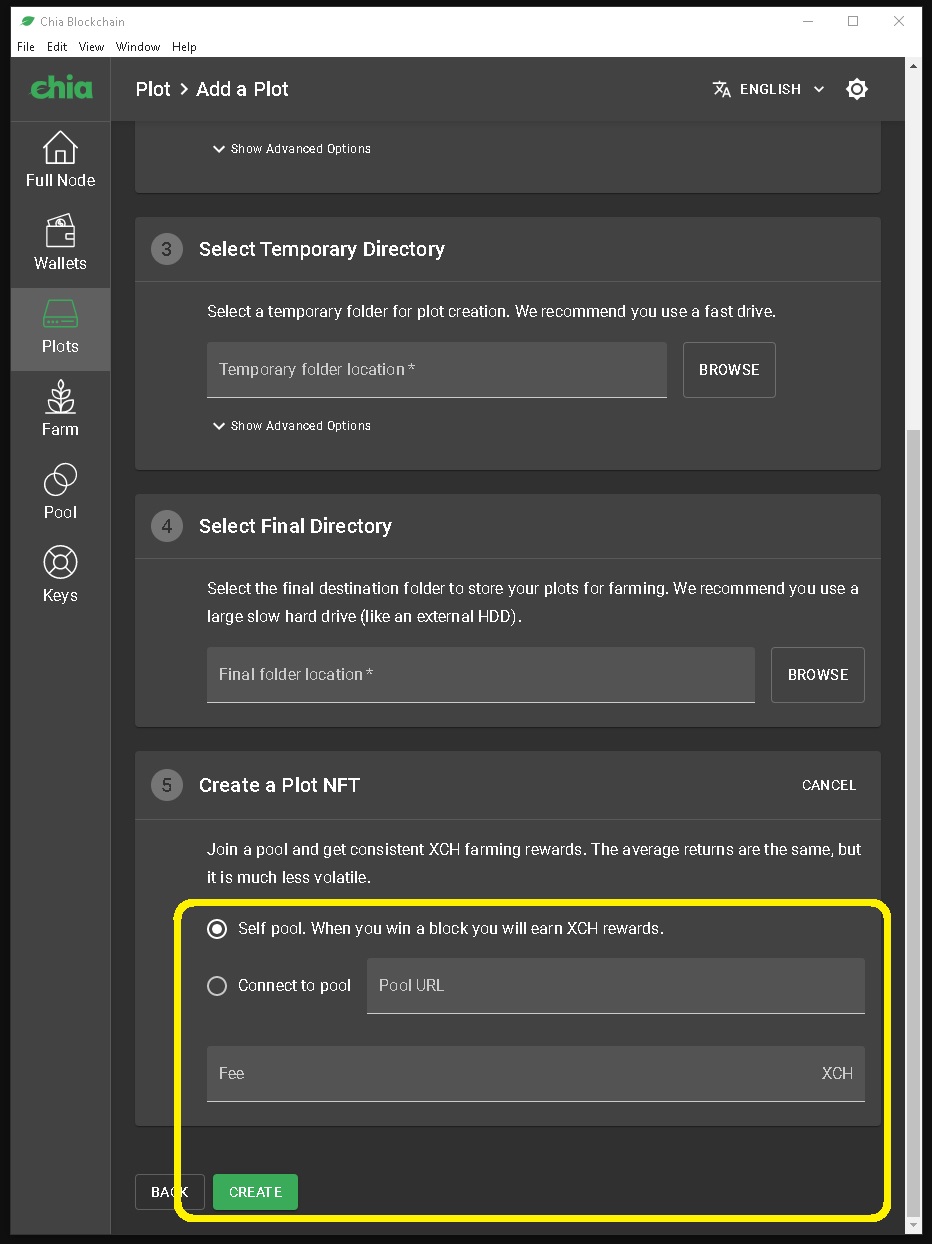

If the source code of our raffle's smart contract is as follows: pragma solidity ^0.4. The cut-off date is now in the past so it's time to call the draw function twice in order to get two winners.


We recently created a raffle for the popular Croatian blockchain conference Blocksplit: Let's go through an example of executing a function on the Ethereum blockchain.
#VIEW CONTRACT ON MY BLOCKCHAIN WALLET HOW TO#
Instead, the money that a wallet holds is ascribed to the wallet address in one or more ERC20 contracts.įor example, suppose I have a wallet with 20 CoffeeCoins at address 0x1234.In this tutorial we'll be demonstrating how to call a function of a smart contract on the Ethereum blockchain.įunctions are sections of code that execute certain bits of logic. So while the state variables of a contract are allocated "right after" the address of the contract, the money that a wallet holds is not allocated "right after" the address of the wallet, and in fact - is not allocated at all. It does not store any data, so two wallets can technically have two consecutive addresses. So every contract occupies "real" memory.Ī wallet address, on the other hand, is "flat". how to add a custom token into trust wallet,blockchain,cryptocurrency,bitcoin,wallet,crypto,binance buys safe wallet,trust wallet how to add custom token,how to add contract tokens,trust wallet exchange,how to use the trust wallet,bestbtcwallet,blockchain wallet,btc wallet,bnb coin,trust,trustwallet,ethereum,trust wallet erc20. The next time a contract is deployed to the chain, it will necessarily be allocated at the address of the previous contract + X, or higher. Moreover, suppose that the contract holds state (global) variables with a total size of X bytes (including whatever padding added by the Solidity compiler). When a contract is deployed, it is allocated at a unique address, i.e., no other contract on the chain can be allocated on that address.

To my understanding, contract address and wallet address are two profoundly different concepts, with the only thing in common being the fact that they are both given as the hexadecimal representation of a 160-bit number. Disclaimer: this is a rather long question.


 0 kommentar(er)
0 kommentar(er)
